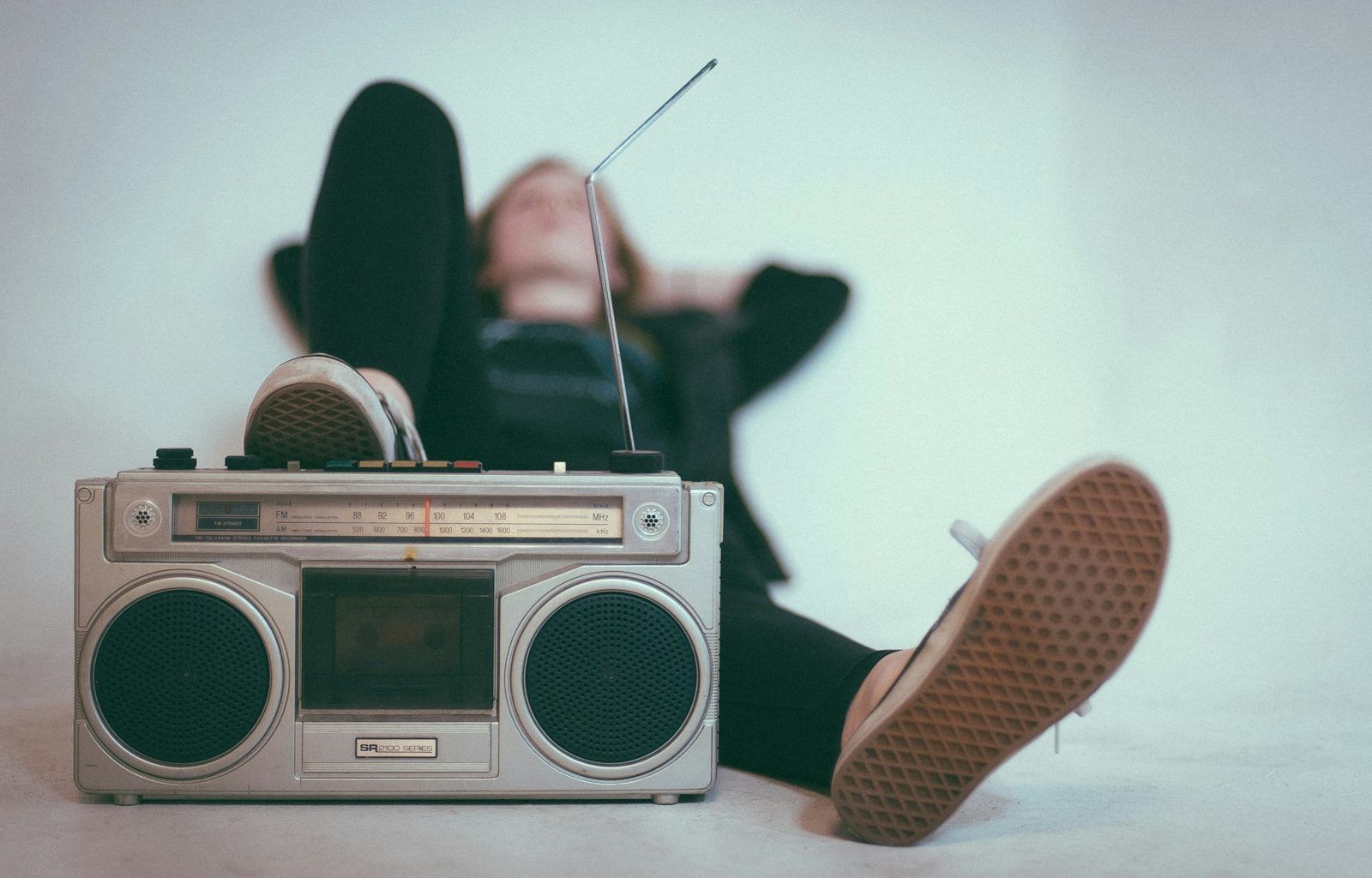The Dream of Radio Airplay
If you’re a musician, you’ve probably dreamed about hearing your music on the radio. It’s an exciting milestone, one that can open up incredible opportunities for your music career. But figuring out how to get your music on the radio might feel overwhelming, especially if you’re just starting out. Don’t worry; you’re not alone! Many artists have faced the same challenge, and with the right approach, you can make it happen too.
In this guide, we’ll break everything down into easy-to-follow steps. By the end, you’ll know exactly what to do, from crafting the perfect pitch to connecting with radio stations that align with your music.
Why Getting Your Music on the Radio Matters
Let’s face it—radio is still a big deal. Even in the age of streaming platforms and social media, radio has a massive reach and credibility. When your music plays on the radio, it gives you exposure to a wider audience and adds a layer of legitimacy to your artistry. People tend to trust music they hear on the radio, which can lead to more fans, gigs, and even collaborations.
Step 1: Understand the Types of Radio Stations
Before you send your music out, it’s important to know where it fits. Radio isn’t one-size-fits-all; there are different types of stations, and each has its own audience.
- Commercial Radio: These are the big players with high listenership. They often require connections or a proven track record, but they’re worth aiming for.
- College Radio: Perfect for indie artists, college radio stations are always on the lookout for fresh talent.
- Internet Radio: With the rise of digital media, internet radio stations have become a great way to reach niche audiences.
- Community Radio: These stations cater to local audiences and often support independent musicians.
Step 2: Choose the Right Stations for Your Music
Not every station will be a good fit for your genre or style. Take the time to research stations that play music similar to yours. Listen to their playlists and note the kind of artists they feature. Are they focused on pop, rock, hip-hop, or something else?
For instance, if you’re an indie artist, pitching to a pop-centric station might not yield the best results. Tailoring your efforts will save time and increase your chances of success.
Step 3: Create a Professional Press Kit
A well-crafted press kit is your ticket to getting noticed. Think of it as your music’s resume—it should showcase your talent and make a strong impression. Here’s what to include:
- A Bio: Write a short, engaging story about yourself and your music.
- High-Quality Tracks: Submit your best songs in a radio-friendly format (usually MP3 or WAV).
- Photos: Include professional, high-resolution images of yourself or your band.
- Press Coverage: If you’ve been featured in blogs or magazines, mention it.
- Social Media Links: Make it easy for radio stations to check out your online presence.
Step 4: Perfect Your Pitch
Now that your press kit is ready, it’s time to pitch your music. Your pitch email or letter should be short, sweet, and to the point. Personalize it for each station—this shows that you’ve done your homework.
Here’s a simple structure to follow:
- Start with a friendly greeting and mention the recipient by name.
- Explain why you’re reaching out (e.g., “I think my song would be a great fit for your station”).
- Share a bit about yourself and your music.
- Provide a link to your track and press kit.
- End with a thank you and your contact information.
Step 5: Build Relationships with Radio Hosts
Radio hosts and DJs are the gatekeepers to airplay. Building a good relationship with them can make all the difference. Engage with them on social media, attend their events, and show genuine interest in their work. Remember, people are more likely to support artists they know and like.
Step 6: Leverage Independent Promoters
If you have a budget, consider working with a radio promoter. These professionals have established connections with radio stations and can pitch your music on your behalf. While this isn’t a must, it can boost your chances of getting on larger stations.
Step 7: Take Advantage of Music Submission Platforms
Platforms like SubmitHub, AirPlay Direct, and others make it easy to send your music to multiple stations at once. While some charge a small fee, they can save you time and effort.
Step 8: Follow Up (But Don’t Be Pushy)
After sending your pitch, wait about a week before following up. A polite email reminding them about your submission can go a long way. If you don’t hear back, don’t be discouraged—persistence is key in the music industry.
Step 9: Promote Your Airplay
When your music finally gets played on the radio, celebrate it! Share the news on social media and thank the station publicly. This not only boosts your credibility but also strengthens your relationship with the station.
Step 10: Keep Improving
Getting your music on the radio is a journey, not a one-time event. Keep creating, pitching, and building your network. With every step, you’ll learn and grow as an artist.
Final Thoughts
Getting your music on the radio takes effort, but it’s absolutely achievable. By understanding the radio landscape, crafting a strong pitch, and building relationships, you’ll put yourself in the best position to succeed.
So, what are you waiting for? Start today, and soon, you might hear your music playing on the airwaves!
For further reading, explore these related articles:
- Coldplay Concert India: An Unforgettable Experience Awaits!
- The Best Diss Tracks of All Time: A Look at Music’s Fiercest Rivalries
For additional resources on music marketing and distribution, visit DMT Records Pvt. Ltd.






